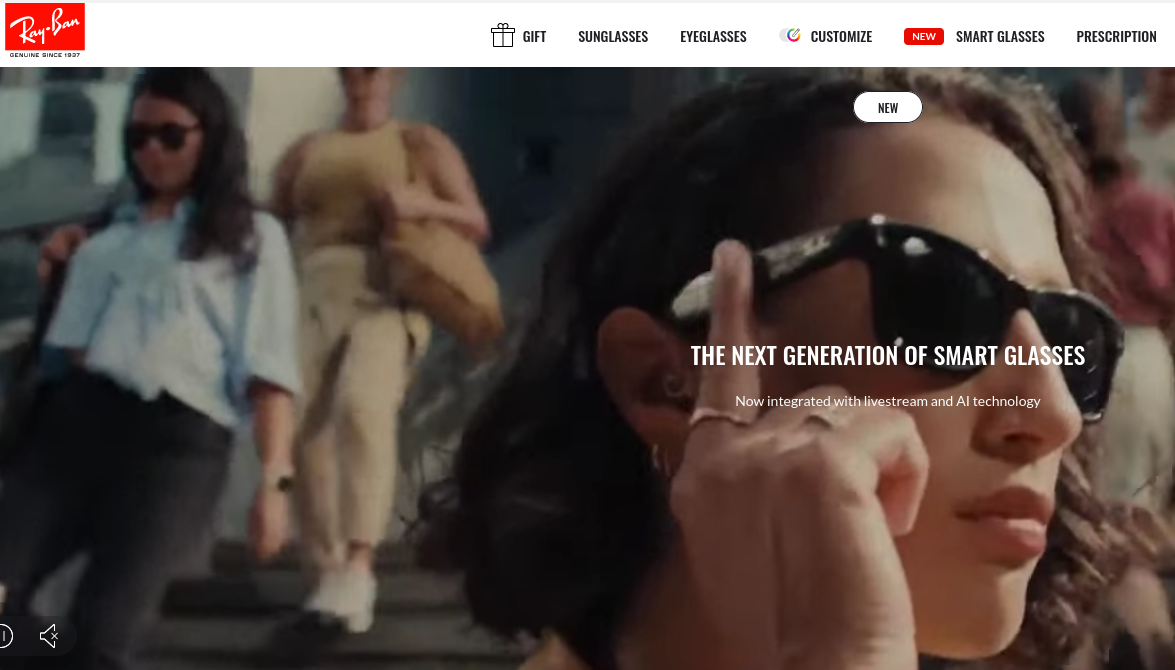Body Cameras Impact Privacy – And It’s Only Getting Worse

Constant surveillance from CCTV cameras, which often use AI software to identify people, is common across the world. While problematic, mounted cameras are at fixed locations, which you can avoid to a certain extent. A new frontier in privacy harm is being opened up by body-worn cameras, which are far more difficult to dodge.
In many countries – including the US – the police have been wearing body cameras routinely for years. There are good reasons for doing so. A newly published by Pro Publica into investigation into police use of body cameras points to a historic ruling in 2013 by Judge Shira Scheindlin as a key moment in the introduction of body cameras in the US. Judge Scheindlin saw three benefits:
- They provide a contemporaneous, objective record of stops and frisks
- The knowledge that an exchange is being recorded encourages lawful and respectful interactions
- The recordings diminish the idea that it’s your word against the police if you file a complaint
At least, that was the theory. In practice, police in the US have been reluctant to release body camera recordings in their entirety, preferring to provide only partial, edited versions when requested. In a lawsuit concerning the shooting of Miguel Richards by the New York police, as discussed at length in the Pro Publica feature:
the department argued in legal filings that it had blurred the footage “in order to protect the privacy of both Richards and his family.” But [the public-interest attorney] Lowenkron and her team had obtained affidavits from Richards’ parents saying that the department never asked them whether they wanted the footage released or redacted. And what the Richardses wanted, they said, was for the full footage to be released to the public.
Certainly, there are real privacy issues surrounding the police’s routine use of body cameras, and those need to be addressed – chiefly, by ensuring that footage is kept secure, and that it’s released in a controlled fashion. The Miguel Richards case shows how alleged privacy concerns can be used as an excuse to thwart the release of body camera footage, even when the people involved want it to be made public. In a way, they were being denied the right to give up their privacy.
The police first deployed body cameras widely because the initially high cost of the systems could be justified by other considerations. Progress in technology means that body cameras have become much cheaper, smaller, and less noticeable than those used by police forces.
This has led to video cameras that are worn not just on the body – like the recently launched Humane AI Pin – but also on the face. The best-known example of this approach is the much-criticized Google Glass launched in 2013, which was ultimately discontinued in 2023. Despite its failure, Meta has come out with its own implementation, produced jointly with Ray-Ban. The New York Times has published the experience of one of its columnists who wore the $300 Ray-Ban Meta glasses routinely to try out the technology at some length. Here’s a key point about the privacy implications:
To inform people that they are being photographed, the Ray-Ban Meta glasses include a tiny LED light embedded in the right frame to indicate when the device is recording. When a photo is snapped, it flashes momentarily. When a video is recording, it is continuously illuminated.
As I shot 200 photos and videos with the glasses in public, including on BART trains, on hiking trails and in parks, no one looked at the LED light or confronted me about it. And why would they? It would be rude to comment on a stranger’s glasses, let alone stare at them.
In a sense, the technology is now so advanced that it has become invisible, along with any sense of privacy being infringed upon. The writer’s second point is also important: even if people were aware of the glasses and their warning lights, social conventions make it unlikely that they would comment. There’s a crucial difference between this and when people take videos of others in public places using a smartphone. This generally requires a conscious act of pointing a camera at someone who is more likely to notice and object. With cameras built into ordinary-looking glasses, there is no obviously intrusive act beyond merely looking at someone, which is hard to object to. The New York Times columnist summed up his experience of wearing the Ray-Ban Meta glasses as follows:
After wearing the Ray-Ban Meta glasses practically nonstop this month, I was relieved to remove them. While I was impressed with the comfortable, stylish design of the glasses, I felt bothered by the implications for our privacy. I’m also concerned about how smart glasses may broadly affect our ability to focus. Even when I wasn’t using any of the features, I felt distracted while wearing them.
That last comment is an interesting one. It seems that while he was wearing the glasses, the writer became self-conscious about everything he was doing: “constantly bracing myself for opportunities to shoot video”, as he put it. This is the loss of another kind of privacy – call it “self-privacy” – which prevents us becoming so aware of what we are seeing and doing that it interferes with our ability to live a normal life. It’s something that we all experience briefly in certain situations, but which the arrival of body cameras evidently heightens and exacerbates.
Featured image by Ray-Ban.
